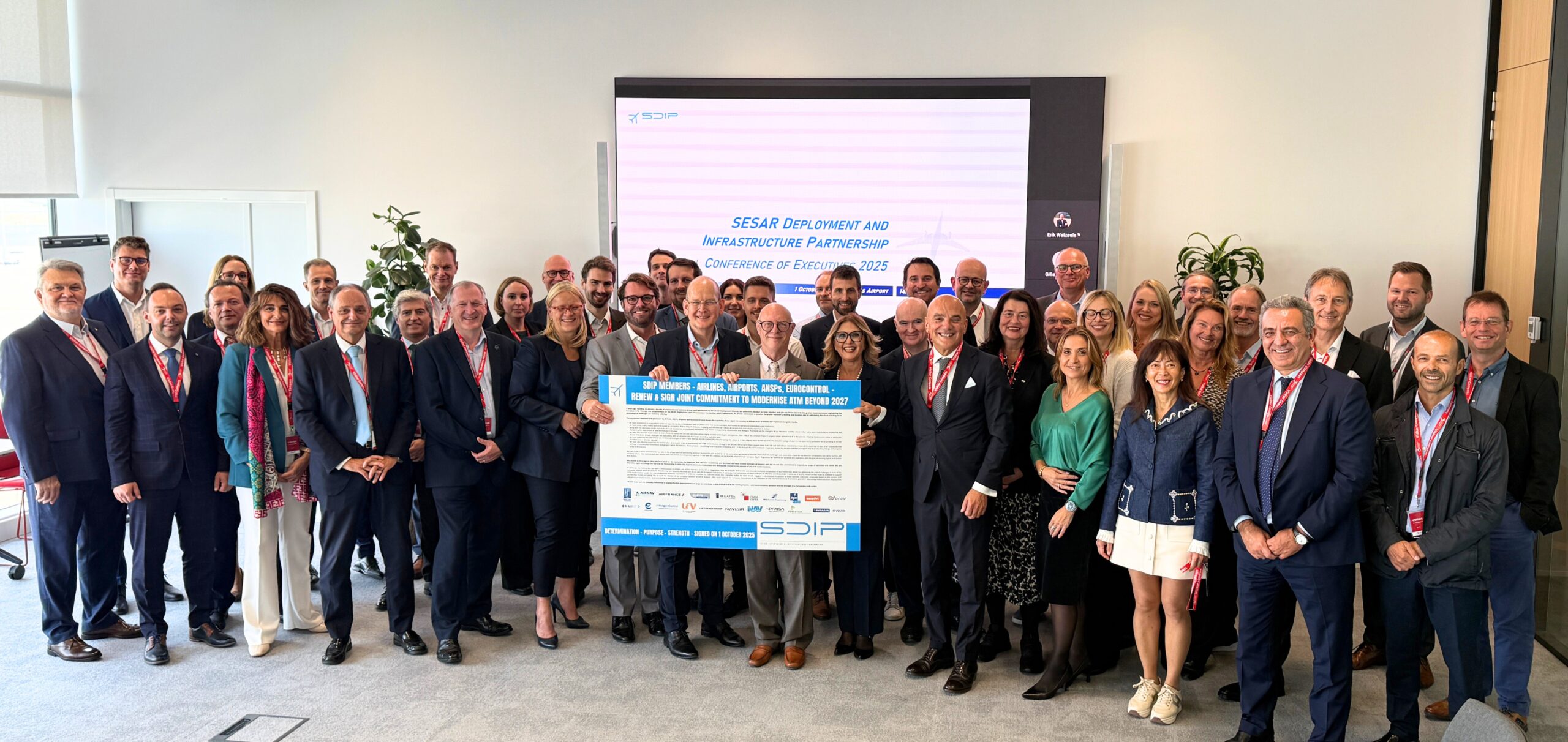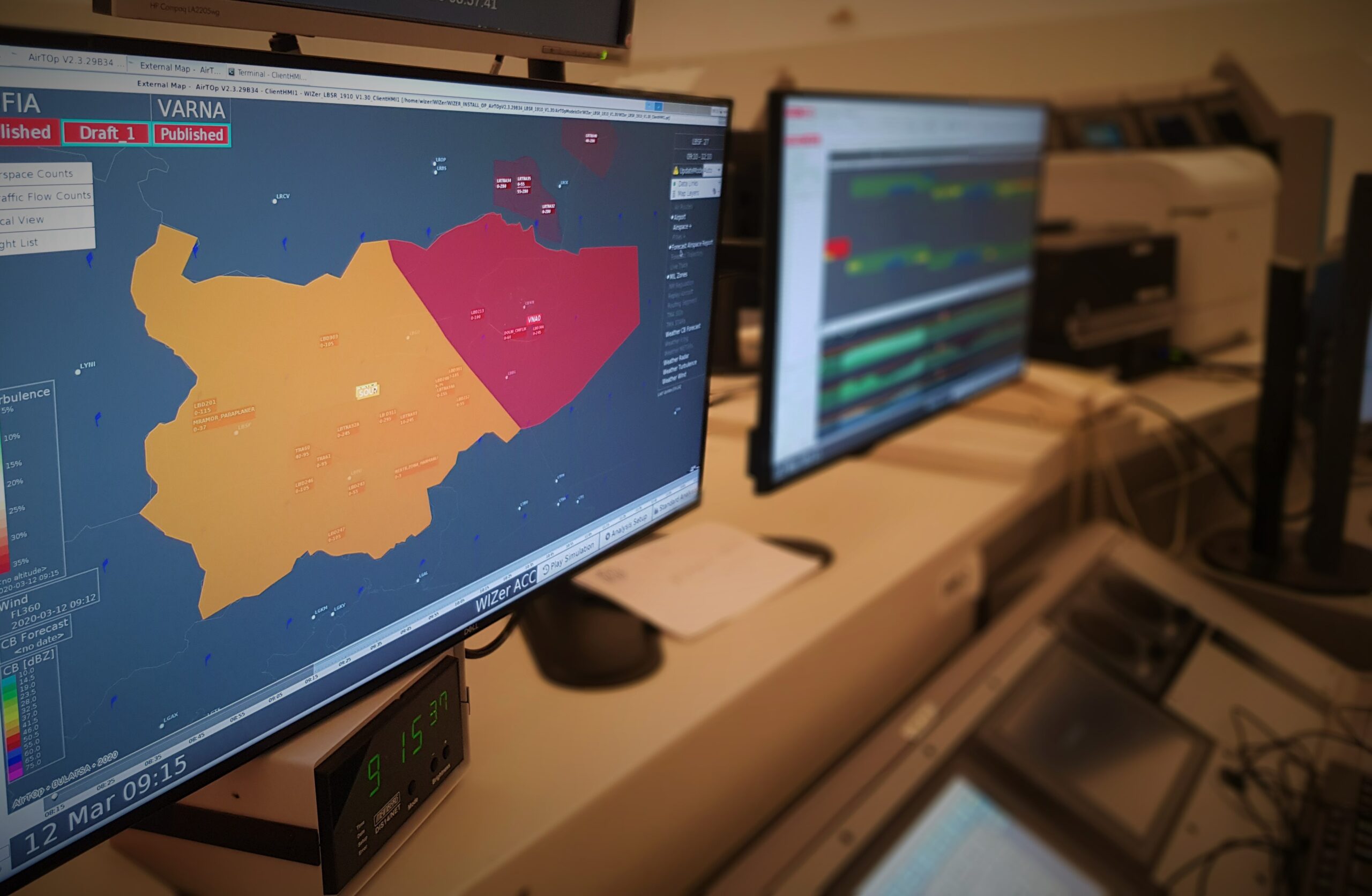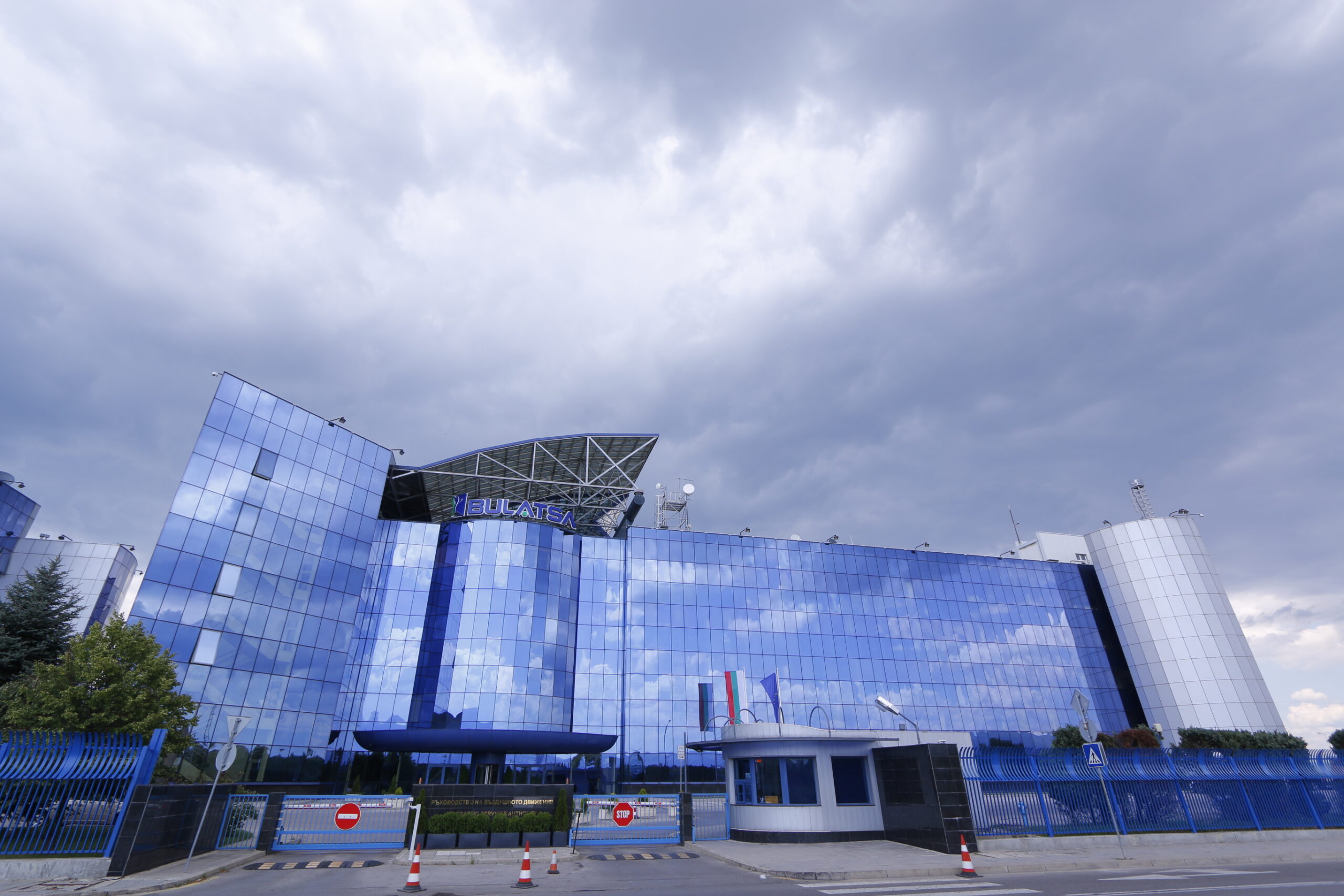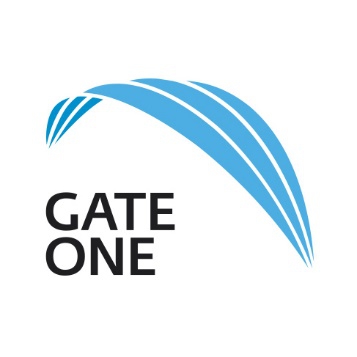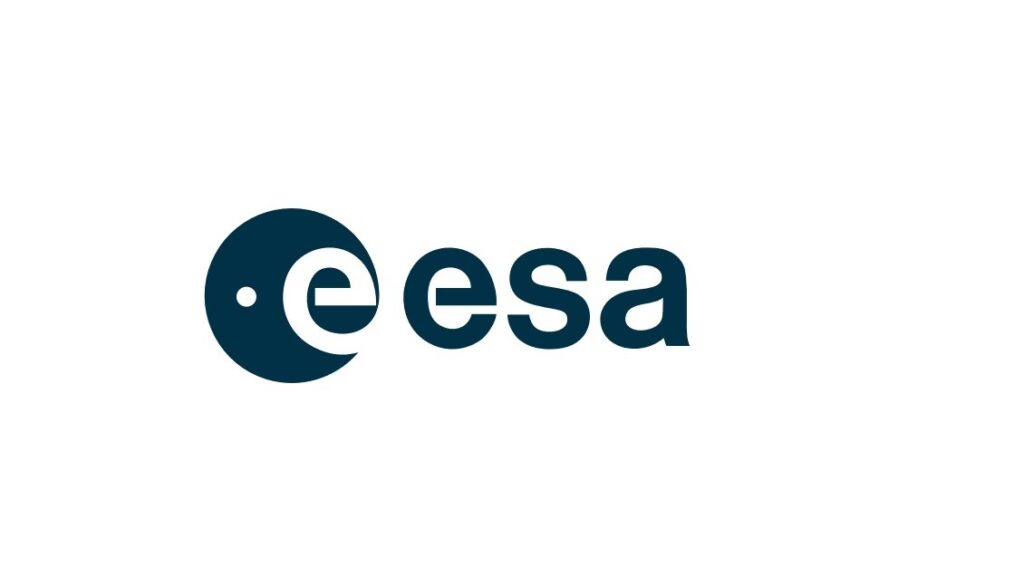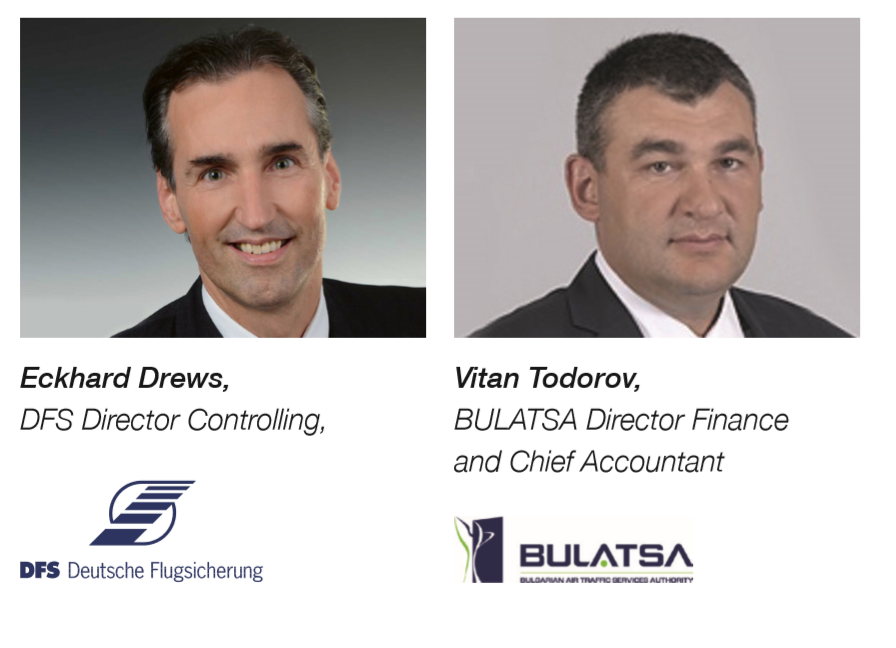
The second InterFAB Expert Talk hosted by FABEC on 24 March 2021 and attended by more than 80 delegates from all over Europe addressed complexities surrounding the interpretation of financial data by the European Commission’s Performance Review Body (PRB) and air navigation service providers (ANSPs). A presentation by Eckhard Drews, DFS Director Controlling, and Vitan Todorov, BULATSA Director Finance and Chief Accountant, explained how the term ‘economic surplus’ is interpreted very differently with profound repercussions on the reporting of financial results. We as ANSPs are often confronted by statements by the PRB that ANSPs are generating a lot of surplus, a term which is interpreted to mean profit ” said Eckhard Drews To illustrate the conundrum, Eckhard Drews showed the principle of the calculation of economic surplus by PRB and furthermore the transformation from the results of the statutory accounts to economic surplus. For some ANSPs there is a huge gap between both figures. For example, the economic surplus could show a positive result in the reporting, whereas the outcome of the statutory accounts may be negative.
The Expert Talk presented three different approaches to avoid misinterpretation of ANSP results. Firstly, there needs to be a recognition that costs may already exceed revenue in ANSP performance plans. Secondly, surplus should not be used by the PRB as representative of financial ANSP results. Thirdly, mixing planned and actual figures should not be relied upon to calculate the cost of capital. It is good that the PRB has taken the initiative to invent this concept of economic surplus, but it would be useful to discuss in greater detail what it shows and how it can be used ” said Vitan Todorov, BULATSA Director of Finance and Chief Accountant In one example, the PRB monitoring report released in October 2020 refers to ‘substantial surpluses’ during the reference period which ANSPs do not have to return to airspace users. In this case, the PRB is expecting ANSPs to use so-called ‘accumulated surplus’ to manage the equity gap in 2020 and 2021 to reduce costs during the crisis. There are additional factors to consider. Economic surplus can be positive or negative depending upon whether the costs to generate the output are higher or lower than the revenue. Furthermore, deviations from assumptions embedded in the performance plan can arise as a result of changes in forecast traffic volume and other risk-sharing mechanisms which take into account airspace capacity, punctuality and environmental performance. Air traffic service provision is generally seen as relatively low risk. However, we see nowadays it can be a very risky business. ANSPs do not intend to deviate from the plan but an ANSP has to manage the situation according to developments over the course of the reference period ” said Vitan Todorov.
The PRB introduced the term ‘economic surplus’ in a balanced paper presented to the Single European Sky Committee in 2015 as it can be used as a proxy for early indication of the economic performance of the ANSP under a performance plan, but it does not state that this can be used by the not so deeply involved community to measure ‘money left’ to the ANSP. Furthermore, surpluses/losses should be measured versus the results embedded in the performance plan. Subsequently economic surplus is analogous with economic profit rather than accounting profit and remains at variance with statutory terms. The PRB considers economic surplus as embedded in the cost of capital, whereas when calculating its value the PRB uses the weighted average cost of capital, which is a pre-tax value. Vitan Todorov argues the cost of equity is not a surplus by default but is part of the cost base, a factor recognised by ICAO. Many industries use established key performance indicators such as Earnings Before Tax (EBT) and Earnings Before Income Tax (EBIT). When assessing the financial situation of ANSPs, it would be better to use official established terms,” said Eckhard Drews.
A joint task force set up in September 2020, developed at InterFAB level with EUROCONTROL and the PRB, set in motion open and frank discussions to address these concerns. Among action points agreed to date, the task force recommends an additional footnote in performance reports to explain economic surplus does not reflect legal accounting values, in order to reduce the risk of misinterpretation. In conclusion, the presenters called for indicators outlining the financial results of ANSPs which are closer to those of the statutory accounts. Of particular importance, they warned that substituting ‘profit’ in place of ‘economic surplus’ indicates ASNPs have accrued a financial surplus which might not have actually been the case.
InterFAB Expert Talks provide a platform where experiences can be shared and views exchanged on the key issues which relate to data and performance in ATM. www.fabec.eu/ExpertTalks .


